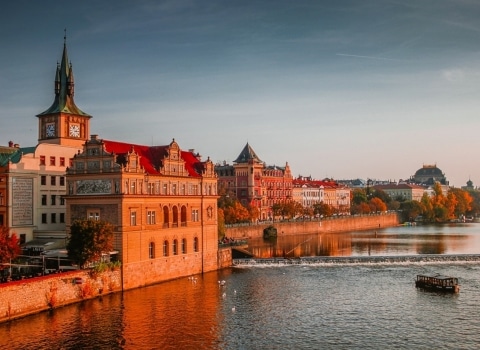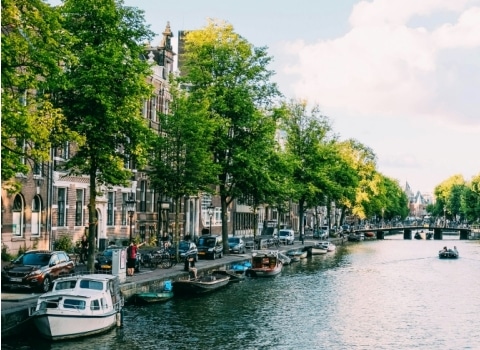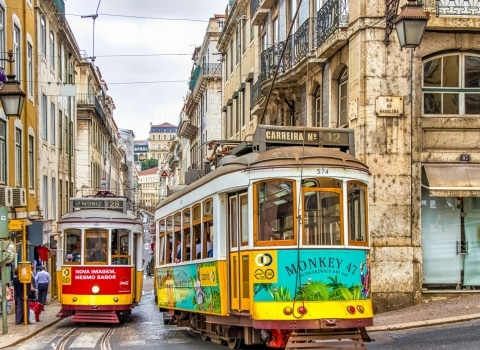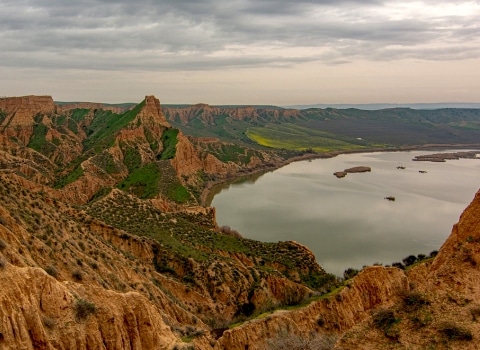Budapest’s Baths, From a Different Angle
They call it the Pearl of the Danube, but Budapest holds more than just beauty. Beneath the grand façades and baroque rooftops, there’s something older—something warmer. A network of thermal baths, bubbling quietly through layers of history. Romans knew them. Ottomans shaped them. Today, they’re still part of daily life. A pause. A ritual.
Most travelers pass through Széchenyi or Gellért—and for good reason. Their scale, their grandeur. But Budapest hides other pools. Less polished, more local. You won’t find neon signs or tour groups. Just warm water, soft echo, time that lingers.
This article takes a different route. Not the postcard version, but something quieter. A look at Budapest thermal baths —the ones where locals still nod hello, where steam drifts through domes built centuries ago. Where relaxation doesn’t feel staged.
Let the rhythm of the city slow down. Let the heat sink in. And maybe—just maybe—you’ll leave feeling a little more present.

Budapest's secret spa retreats
Choosing one of Budapest’s lesser-known thermal baths isn’t just a way to avoid the crowds—it’s a different kind of experience altogether. Slower. Quieter. The kind where conversations drop to whispers and the steam wraps around you like time itself. Locals tend to favor these places, not out of nostalgia, but habit. Comfort. They come to soak, to sit, to be.
These hidden spas hold their own charm. No fanfare, no rush. Just thermal water, old walls, and a sense that not much has changed in a hundred years. Some of them even carry traces of the past in their tiles, their arches, the way the light falls at certain hours.
To get more out of the visit, consider meeting up with a Budapest tour guide. Someone who knows where the old pipes run, who built what and when, and why these baths still matter. There’s always more beneath the surface—literally and otherwise.
Going off the main path means a different kind of Budapest. A version of the city where things unfold more naturally. Here’s why these quiet retreats deserve a spot on your list:
- Fewer crowds: Ideal if silence and space sound better than echoes and queues.
- More affordable prices: Entry fees tend to be lower, often half of what the big names charge.
- A more intimate setting: Smaller rooms, familiar faces, the kind of place where regulars nod as you pass.
- A journey through history: Ottoman domes, mineral-stained ceilings, and steam rising where it always has.
Budapest's 9 little-known thermal baths
1. Rudas baths: tradition and exceptional panorama
Down near the base of Gellért Hill, the Rudas Baths offer something unusual—an old soul wrapped in modern touches. Built in the 1500s during the Ottoman rule, they’ve held onto that past with quiet pride. The main dome, resting on sturdy columns, still sets the tone. Inside, the mood stays hushed, the light dim. It’s the kind of place that asks you to slow down without saying a word.
Then there’s the rooftop. Warm water, open sky, the Danube stretching out below. Sunset brings out the best of it. Not loud or flashy—just a kind of stillness that stays with you. For anyone craving a soak paired with a view, Rudas doesn’t disappoint.
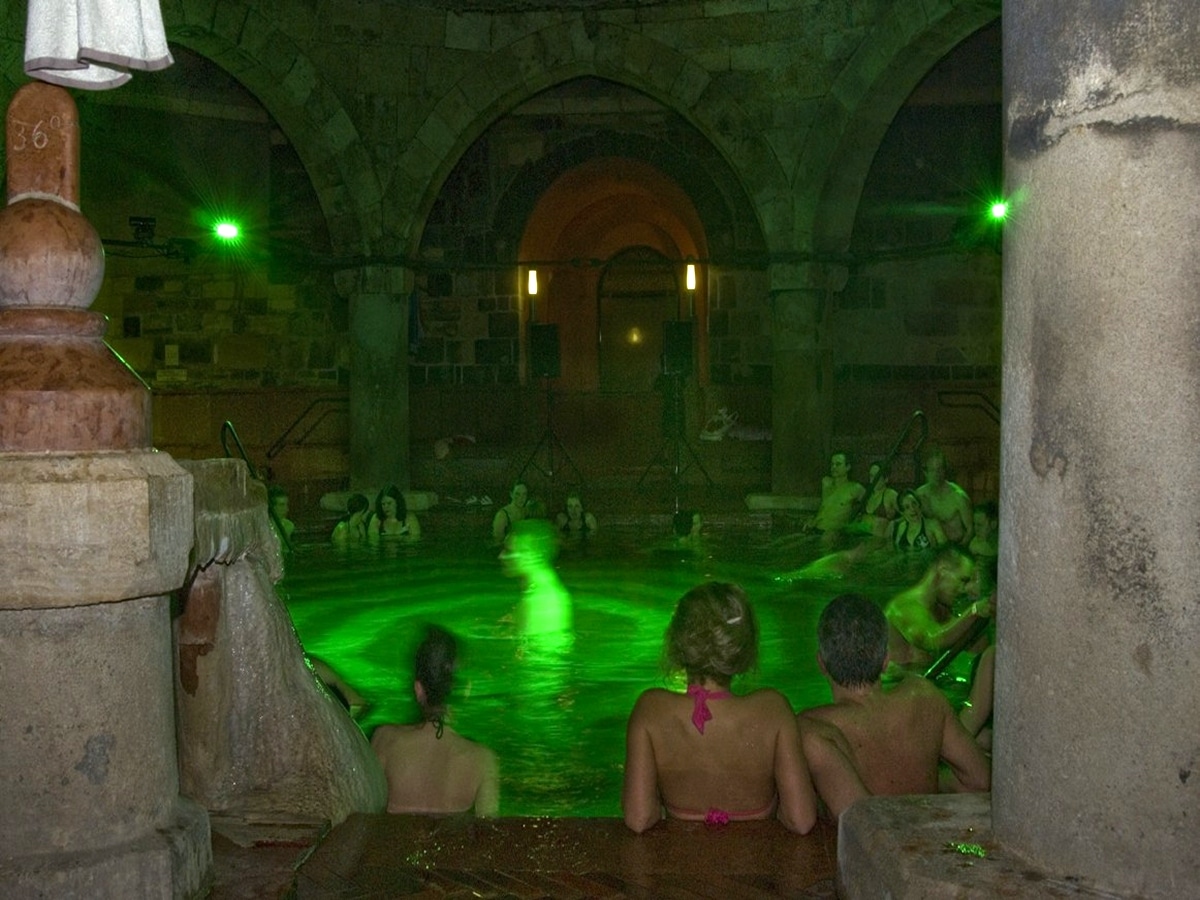
Practical Information:
- Address: Döbrentei tér 9, 1013 Budapest.
- Opening Hours: Open late on certain days, making it ideal for a night soak.
- Tips: Book in advance, especially for the rooftop pool.
2. Király baths: a unique historical atmosphere
Far less talked about than its bigger siblings, Király feels like a step into another era. Also shaped by the Ottomans, the space remains small, worn, quiet. Its age shows—in the best way. Walls carry the marks of time. The steam softens everything.
At its heart, a central pool, dimly lit from the dome above. Light slips through small openings, dancing on the surface. It’s not luxurious. But there’s something else—a kind of peaceful gravity that makes it hard to leave.
Practical Information:
- Address: Fő utca 84, 1027 Budapest.
- Tips: Avoid peak hours to fully enjoy the tranquility of the place.
3. The Lukács baths: a popular address for locals
The Lukács Baths, tucked in the Buda side, are where many locals go when they want to soak without the show. Known for their thermal healing properties, these baths have long held a reputation, but not the tourist crowds.
The setup is generous: several pools with different temperatures, saunas, and even an open-air section for when the weather cooperates. It’s functional, familiar, unpretentious. With a Budapest Card, parts of it may even be free—another reason this place stays close to home for many.
Practical Information:
- Address: Frankel Leó út 25-29, 1023 Budapest.
- Tip: Combine your visit to the baths with a walk on nearby Margaret Island.
4. Veli Bej baths: a hidden gem from the Ottoman era
Behind the hospital walls near Margaret Bridge, Veli Bej waits quietly. Sometimes called Császár Baths, it’s one of the city’s oldest thermal spots—built in the 16th century, and it shows, in the best way. Arched ceilings, old stone, that deep silence you only get in places built to last.
Five pools, all different in temperature. Steam rooms, hammams, and soft lighting that keeps everything calm. It’s not loud or flashy—just balanced. Locals come here to unplug. To float. If quiet history speaks to you more than grandeur, this is the place.
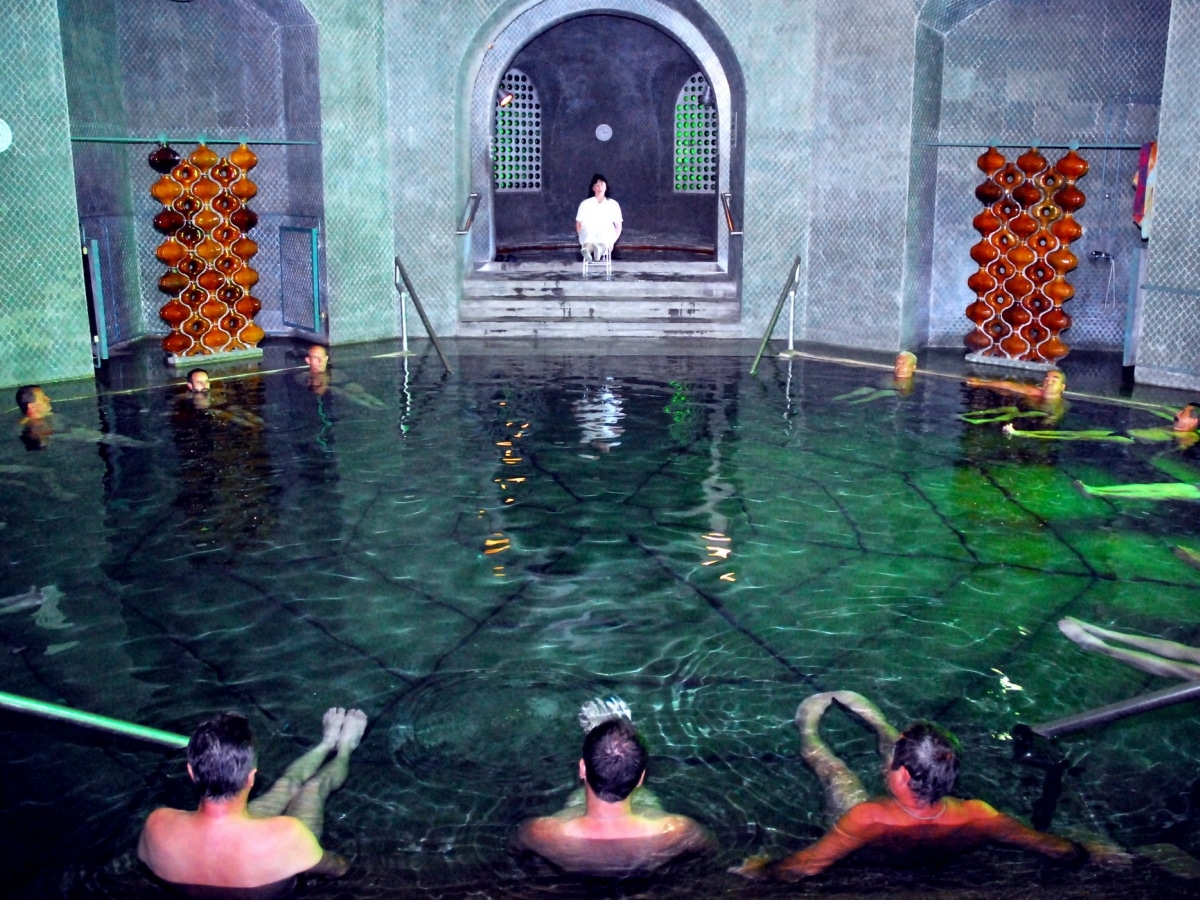
Practical Information:
- Address: Árpád fejedelem útja 7, 1023 Budapest.
- Tip: Enjoy the tranquility in the morning or evening, and explore the nearby Óbuda district after your bath.
5. Paskál baths: a modern, user-friendly option
Out in a quieter district, Paskál brings something else—a fresh, modern feel. It’s not ancient, it doesn’t pretend to be. Instead, it offers clean lines, family-friendly pools, outdoor space when the sun comes out. Perfect if you’re staying nearby or just want to see how locals relax outside the city center.
Hot pools, cold plunges, a swimming area that opens to the sky. It’s not about the past here, but about what works. In summer, the outdoor deck becomes a sun trap, and kids splash around while adults soak in something warmer.
Practical Information:
- Address: Egressy út 178/F, 1141 Budapest.
- Tip: The Paskál Baths are ideal for a family outing or for those looking for a modern and accessible thermal experience.
6. Dandár baths: a quiet retreat in south Budapest
Dandár doesn’t draw much attention—but that’s part of the appeal. Built in the 1930s, this small spa in the Ferencváros district feels a bit retro, a bit residential. Nothing polished, but everything comfortable. Locals slip in after work. Travelers who stumble upon it usually stay longer than planned.
Indoor and outdoor pools, plus sauna and steam. The prices are reasonable. The vibe? Familiar. If you’re not looking to make a statement, just to unwind quietly, Dandár works beautifully.
Practical Information:
- Address: Dandár utca 5, 1095 Budapest.
- Tip: Combine your visit with a walk through the rapidly evolving Ferencváros district.
7. Csillaghegyi baths: relaxation and nature on the outskirts of town
Further north, up on a wooded hillside, Csillaghegyi offers something rare—trees, sky, and steaming water. It’s a bit of a journey from the center, but worth it if you want to breathe, literally and otherwise. The architecture mixes old stone and new glass, and everything opens toward the hills.
Winter is especially beautiful here. Steam rising from outdoor pools, branches bare, air crisp. There are saunas, steam rooms, even kid-friendly areas tucked away. Not many tourists come this far—which is exactly the point.
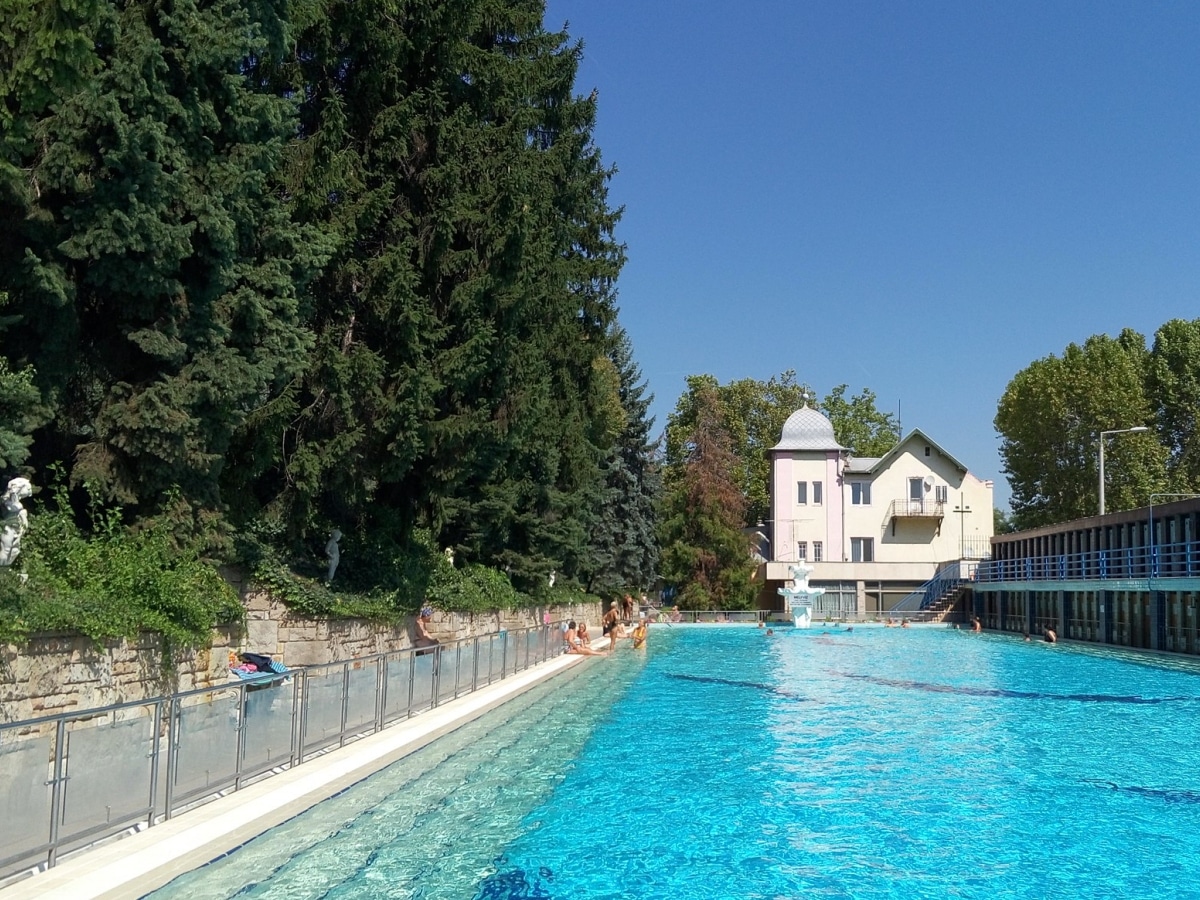
Practical Information:
- Address: Pusztakúti út 2-6, 1038 Budapest.
- Tip: Take advantage of the nearby hiking trails to extend your outdoor adventure.
8. Palatinus Baths: the open-air spa experience
On Margaret Island, right between Buda and Pest, Palatinus spreads out under the open sky. It’s a summer place—big, light, built for movement. Thermal pools sit alongside water slides and a wave pool. Yes, it’s a spa. But it’s also playful, social, open.
The mineral-rich water still does its work—aching legs, tired backs, the usual—but here, there’s more laughter in the air. Especially good if you’re traveling with kids or just want to balance sightseeing with a little sun and splash.
Practical Information:
- Address: Margitsziget, 1138 Budapest.
- Tip: Best enjoyed during the warmer months for a refreshing experience.
9. Pesterzsébet baths: a spa escape from the city center
Far from the city buzz, Pesterzsébet keeps things simple and peaceful. A modern facility with clean pools, warm water, and a wellness wing for massages or quiet lounging. Families come for the space. Others come for the quiet.
It’s not a place for selfies or grandeur—it’s where you exhale. Prices are kind. The atmosphere even more so. If the city starts to feel overwhelming, this is a good way out.
Practical Information:
- Address: 2, Vízisport utca, 1203 Budapest.
- Tip: Easily accessible by public transport from downtown Budapest.
Tips for enjoying thermal baths in Budapest
To really settle into the rhythm of the thermal baths in Budapest, a bit of planning goes a long way. Nothing complicated—just a few details to make the experience smoother, quieter, maybe even better.
- Choose the right time: Early mornings or weekdays are often calmer. Fewer people, more space to float.
- Pack the essentials: Swimsuit, towel, sandals. Some places rent them, but it’s easier to bring your own.
- Book in advance: Especially for places like Rudas, where rooftop access and specialty areas fill up quickly.
- Explore with a local guide: Hiring tour guides in Budapest opens doors—stories, history, and spots you’d likely miss alone.
Discover Budapest in a different way with its little-seen baths
The city’s thermal culture goes deeper than the big names. Wander just a little further, and you’ll find quieter corners, steam rising in silence, architecture untouched by marketing. The lesser-known baths offer a more grounded version of Budapest—one shaped by daily life, not travel brochures.
For anyone chasing a slower pace, or something with fewer filters, these places offer it. Not just rest for the body, but room to notice where you are. And maybe, if you let it, a glimpse of the city that most don’t see.

